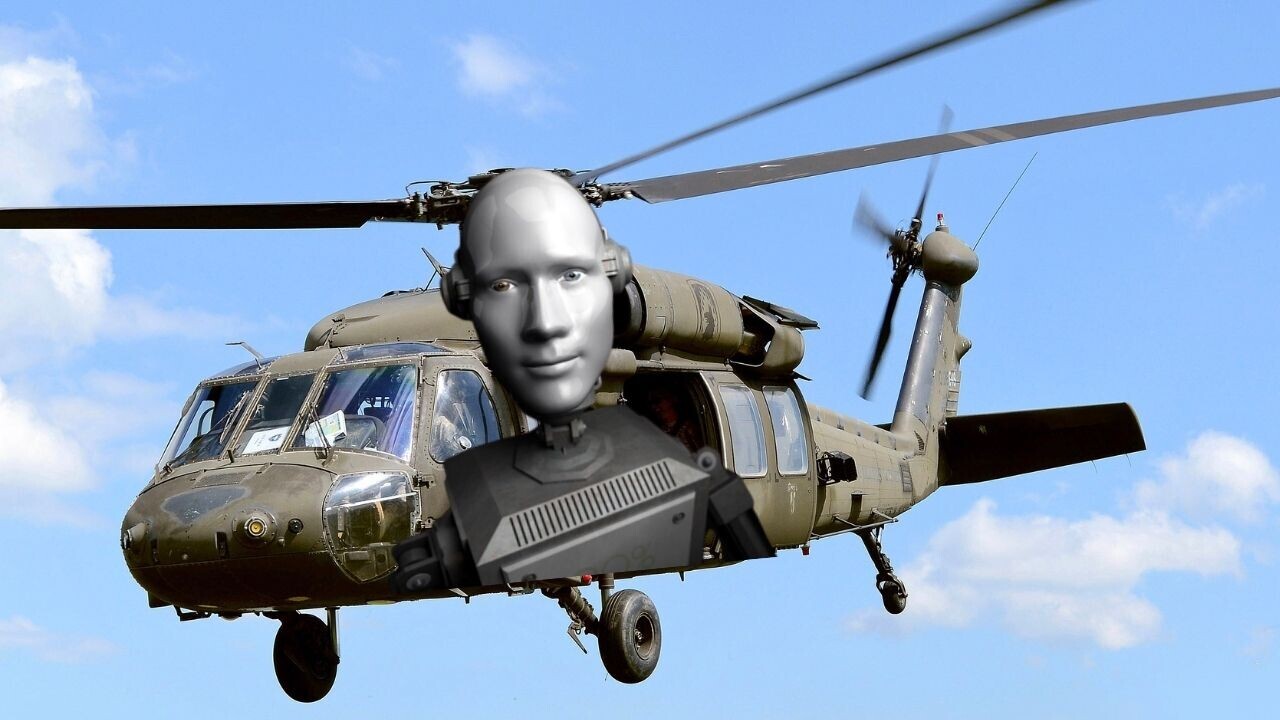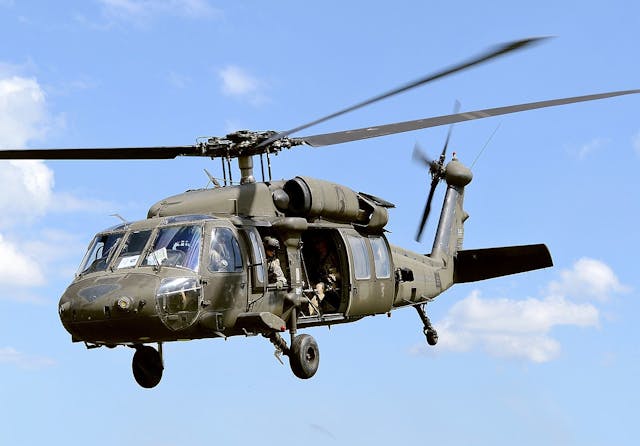Why the Blackhawk Helicopter Remains a Crucial Asset for Global Protection Forces
Why the Blackhawk Helicopter Remains a Crucial Asset for Global Protection Forces
Blog Article
Checking Out the Thrills and Innovations of the Blackhawk Helicopter
The Blackhawk helicopter stands as a testament to army air travel's advancement, combining technical advancements with useful applications. What exists ahead for this legendary aircraft, and exactly how will arising modern technologies form its future in military procedures?
History of the Blackhawk Helicopter
Since its beginning in the 1960s, the Blackhawk helicopter has played a crucial function in modern-day army aviation. Created by Sikorsky Airplane, the UH-60 Blackhawk was designed to meet the U.S. Army's requirement for a versatile energy helicopter capable of carrying out a variety of objectives, including troop transportation, clinical evacuation, and freight airlift. The layout was a feedback to the constraints of earlier helicopters, especially in terms of maneuverability, survivability, and rate.
The Blackhawk made its first trip in 1974 and soon entered service in 1979. Its introduction noted a substantial innovation in helicopter modern technology, featuring a two-rotor system that improved efficiency and security. The aircraft's rugged building and progressed avionics permitted it to operate efficiently in diverse environments and conditions.
Throughout the years, the Blackhawk has been constantly upgraded, integrating lessons found out from numerous battle circumstances. Its implementation in disputes such as the Gulf War, Somalia, and the War on Horror additional solidified its credibility as an important asset. The Blackhawk's heritage is characterized by its versatility and resilience, making it a cornerstone of military aeronautics for years.
Key Functions and Specifications
The Blackhawk helicopter is identified by its durable layout and advanced technical features, which collectively improve its functional capabilities. Made largely for utility goals, the Blackhawk boasts an optimum launch weight of about 22,000 extra pounds, allowing it to bring considerable payloads while keeping dexterity.
Outfitted with two General Electric T700-GE-701C engines, the Blackhawk attains an optimal rate of around 183 knots and a variety of 368 nautical miles - Blackhawk Helicopter. Its advanced blades system includes a four-blade main blades and a four-blade tail rotor, making certain security and ability to move in various flying conditions
The helicopter's cabin can accommodate as much as 11 troops or different freight configurations, showcasing convenience in objective accounts. Additionally, the Blackhawk is made with sophisticated avionics, consisting of digital trip controls and an extensive cabin display, improving pilot situational awareness.
For improved survivability, the Blackhawk includes ballistic armor and self-sealing fuel tanks. Its ability to run in diverse settings, from deserts to icy terrains, further solidifies its credibility as a dependable platform for humanitarian and armed forces procedures alike. The Blackhawk's combination of strength, power, and convenience makes it a foundation of contemporary aerial capacities.
Improvements in Modern Technology
Technologies in modern technology have considerably enhanced the capabilities of the Blackhawk helicopter, ensuring it remains at the leading edge of armed forces aeronautics. One of one of the most significant innovations is the combination of advanced avionics systems, which provide enhanced situational recognition via real-time information processing and screen. This innovation enables pilots to navigate intricate settings better, enhancing goal success rates.

Moreover, the introduction of digital fly-by-wire systems has actually transformed the control devices of the Blackhawk, offering smoother handling and increased responsiveness. Collectively, these technical improvements make certain that the Blackhawk helicopter remains an important possession in modern army procedures.
Duties in Military Operations
With advanced technology improving its capacities, the Blackhawk helicopter plays a diverse function in army operations. Mainly, it is utilized for army transportation, making it possible for rapid release and extraction of employees in various battle circumstances. Its spacious cabin can fit up to 11 soldiers, making it an important asset for large missions and special operations.
Additionally, the Blackhawk acts as a medevac system, geared up to transport injured soldiers rapidly and effectively from the battlefield to clinical centers - Blackhawk Helicopter. Its Clicking Here adaptability encompasses logistical assistance, where it lugs materials and tools crucial for sustaining army procedures in remote locations

The helicopter is also instrumental in reconnaissance missions, giving aerial security and intelligence-gathering abilities. Its capacity to operate in diverse settings-- ranging from metropolitan settings to severe surfaces-- further solidifies its importance on the combat zone.
In Addition, the Blackhawk can be equipped with innovative weaponry, allowing it to engage in battle and offer close air support. This flexibility highlights the helicopter's essential role in modern army approaches, making it an important component of armed pressures worldwide.
Future Dopes and Innovations
Advancements in innovation guarantee to usher in a new age for the Blackhawk helicopter, improving its capabilities and operational efficiency. Future advancements for the Blackhawk may consist of enhancements in avionics, such as sophisticated trip control systems and enhanced situational recognition devices powered by fabricated intelligence.
In addition, the integration of unmanned systems is on the horizon, possibly enabling manned-unmanned teaming procedures that can expand objective profiles and lower threat to workers. The Blackhawk's layout is also expected to integrate lighter and stronger materials, boosting gas performance and total performance.

Conclusion
Finally, the Blackhawk helicopter stands for a significant success in army aeronautics, identified by its adaptability and progressed technical attributes. Its historic evolution reflects a continual reaction to functional needs, enhancing capacities in different functions such as troop transportation and medevac operations. Recurring developments, consisting of the combination of expert system and hybrid-electric propulsion, promise to additional reinforce the Blackhawk's performance and significance in future army interactions, ensuring its standing as a vital asset on the battlefield.

With advanced technology boosting its abilities, the Blackhawk helicopter plays a multifaceted role in armed forces procedures. (Blackhawk Helicopter)
Report this page